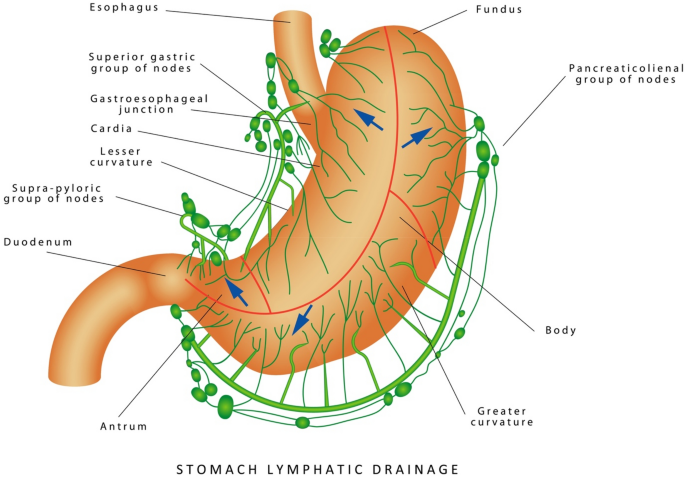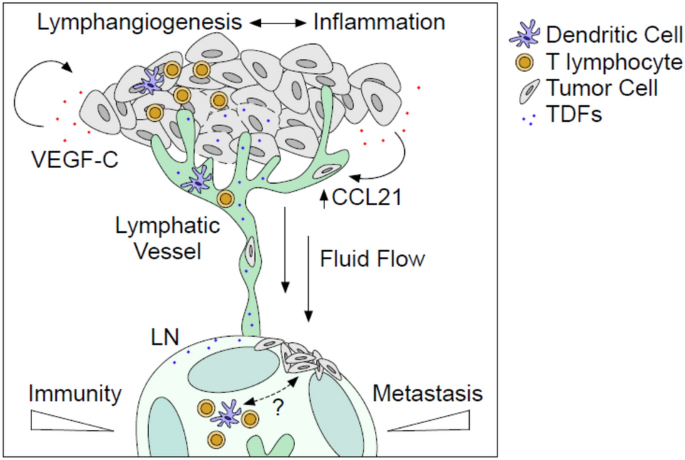Describe the Source of Lymph and Mechanisms of Lymph Transport
In this lesson youll explore the formation. Describe the source of lymph and mechanisms of lymph transport.

Illustration Of A Collecting Lymphatic A Lymphangion Is A Lymphatic Download Scientific Diagram
Maintained by skeletal muscle contraction pressure changes in thorax.

. Figure 212 Anatomy of the. The Lymphatic System and Lymphoid Organs and Tissues List the functions of the lymphatic vessels. Lymph transport depends on the movement of adjacent tissues such as skeletal muscles.
It transports oxygen hormones and nutrients to different parts of the body and removes metabolic waste from the cells. Week 1 The Lymphatic System 1. Solution for Describe the source of lymph and mechanisms of lymph transport.
Name 4 lymphoid organs. Chapter 20 THE LYMPHATIC SYSTEM AND LYMPHOID ORGANS AND TISSUES Learning Objectives 1. Describe the source of lymph and explain the formation and transport.
-lymph is once interstitial fluid that has entered the vessels. The mechanisms of regulation of smooth muscle contractility and lymph nodes capsule. The changes of these contractions during electrical stimulation of nerve endings and effect of some biologically active substances are described in this article.
List the main functions of the lymphatic system. The lymphatic system is a network of organs tissues and vessels which shuttles lymph from the blood to tissues and back again. Describe the source of lymph and the mechanisms of lymph transport.
Download scientific diagram Immunofluorescent staining of rat mesenteric lymph vessels and cultured MLM cells for vascular smooth muscle α-actin and enteric smooth muscle γ-actin. Lymph Formation Fluid Transport. Locate label and describe the structure of the major lymphatic vessels.
It comes from the lymph system which is a. 2 Describe the source of lymph and the mechanisms of transport 3 Name the major from BIOL ANATOMY P at Glendale Community College. Bianca has 11 years of Anatomy and Physiology University teaching experience and a doctorate degree in Physiology.
A pure sample of lymph can be obtained by inserting a canula in the thoracic duct of an animal. Describe the source of lymph and mechanisms of lymph transport. What is a possible fate for a glucose particle in the bloodstream.
Describe the basic structure and cellular population of. It is either used as source of energy or converted to glycogen and stored in liver. A few major functions of lymph are mentioned below.
Formation of the lymph fluid is dependent on pressure gradients in the capillary beds and the composition of the endothelial. The active transport function of lymph nodes is provided by the smooth muscle contractions of the capsule of the lymph nodes. This process is known as transudation which involves the processes of diffusion and filtration.
Describe the adaptive defense system including humoral and cellular immunity. Lymph performs the role of a middle man that transports food materials hormones oxygen etc. Then it finally empties them into the venous system.
It transports antibodies and lymphocytes to the blood. This review will examine the current knowledge on the organization of the lymphatic vascular tree the formation of lymph from the extracellular fluid lymph circulation and the lymph proteomic composition during physiological and pathological conditions. View APII Lymphaticpptx from BIOL 218 at SUNY Canton.
What is the goal of the lymphatic system. Lymph vessels transport lymph fluid not blood. - transport lymph clear colorless fluid containing white blood.
This is considered another type of circulatory system primarily. Describe the function of lymph nodes and lymphoid organs. Lymph is the clear watery-appearing fluid found in lymphatic vessels and is formed by the passage of substances from blood capillaries into tissue spaces.
The lymphatic transport system moves fluid macromolecules and formed elements from within the. Learn vocabulary terms and more with flashcards games and other study tools. To the cells of the body and brings other metabolic wastes and carbon dioxide from the cells of the body to blood.
Describe the source of lymph its components and mechanisms of lymph transport components - dead cellsmicroorganisms interstitial fluid from blood large proteins fat and fat -soluble vitamins ADEK - fluid accumulates in tissue and cant get back into capillaries so pressure forces it into lymph. However investigations over the last decades have presented many basic facts on lymph flow and its regulation. The plasma of the blood flowing through the numerous dermal blood vessels The fluid in a blister is lymph.
It keeps the body cells moist. Cells of the body are maintained moist by the lymph. The Lymphatic System and Lymphoid Organs and Tissuesppt from BIOL 213 at Montgomery College.
Describe the innate defense mechanisms including the surface membrane barriers and the internal defenses. The Lymphatic System Organs and Tissues Can you. In spite of growing efforts to discover the physiological mechanisms of lymph flow there is no commonly accepted concept of the regulation of lymph flow.
Maintaining the composition of tissue fluid and the volume of blood.

Lymphatic Vessel Development And Structure Lymphatic Endothelial Download Scientific Diagram

The Lymphatic System And Sentinel Lymph Nodes Conduit For Cancer Metastasis Springerlink

The Lymphatic System And Sentinel Lymph Nodes Conduit For Cancer Metastasis Springerlink

Comments
Post a Comment